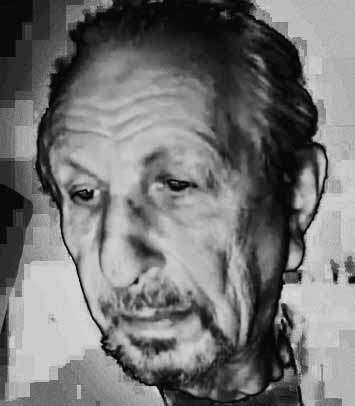People want to be in love and to live forever. That is not how things work out. Haydn explores this contradiction in his string quartets. What makes each quartet different is how Haydn resolves musically the way things do work out. The St Lawrence String Quartet bolded the elements of this contradiction in their contrasty treatment of two Haydn quartets, one early and one late, and extended this bold style of interpretation to works by Britten and Ellen Taaffe Zwilich. They made the music sing in a way that was vital and refreshing.
The Quartet in F minor, Op. 20 no. 5 (1771), is unusual for being in a minor key – F minor in particular being “a key that predisposes even Haydn to sombre thoughts”, as Walter Willson Cobbett writes. The Allegro opens with a desolate theme. The first violin melody, strangely subdued, is played to emphasize the gnarly chromatic intervals; the lower strings, separated and subjugated as accompaniment, bring a sense of urgency with their obstinate four-note motive. As it develops, the movement gains warmth, extroversion and a cheery major tonality. The line that began by sounding like an argument resolves into a singing melody.
Nowhere is this tension and resolution clearer than in the tone of first violinist Geoff Nuttall’s instrument, and in his demeanour, which broadens into bouncy gestures and happy smiles as the movement develops. The ensemble-playing begins with separation of first violin as soloist and the others accompanying him, but by the end of the movement, the players are quite chatty and very smooth. The chatty quality and unison harmony of the writing continues through the Menuetto, markedly in its playful trio. Tension returns during the slow third movement in the complex melodic figurations carved by Scott St. John’s second violin and Chris Costanza’s cello. This tension is resolved strangely in the Finale by a fugue with two subjects. While the fugal form, Haydn’s backward glance to Bach, is austere, each instrument’s voice gains independence and equality within the fugue’s severe environment. The ending is a loud burst of joyful exuberance.
Benjamin Britten’s String Quartet no. 2, in C (1945) is said to reflect his sense of isolation from England during WWII because of his pacifism and homosexuality. Britten moves toward resolving this conflict by composing his quartet in celebration of the 250th anniversary of England’s foremost composer, Henry Purcell. Like Haydn, Britten borrows Baroque elements from an earlier master to resolve the abrupt mood shifts and weirdness of the first movement that murmurs with eerie glissandos, bagpipe skirls, hectic quasi-klezmer antics, and Shostakovich-esque locomotive pulsations. The second violin has a frantic contre-temps with Lesley Robertson’s viola that dissolves into a pizzicato unison duet. The cello maintains a solitary intensity onto which the other players, in a succession of cadenzas, superimpose melodic ideas that resolve in an awesome silence. The ensuing Scherzo explores a don’t-give-a-damn attitude with marked dynamic contrasts and shrill complaints that simply peter out. Resolution only comes in the final Chacony – the homage to Purcell – after 21 variations on a stark, biting, forlorn theme dominated by the poignant self-examinations of Chris Constanza’s cello.
The resolution that comes through Britten’s writing is equally manifest in the ensemble’s tone – a gritty, velvety voice, as distinctive as that of Ray Charles or Aretha Franklin. The score and the players come together in a remarkable passage near the end of the movement where the cello sounds the dominant melody to the accompaniment of the other strings which manage to sound like an entire orchestral string section building through crescendo to climax and peaceful resolution.
After intermission in this long program, Scott St. John took first chair in Voyage (2012) by Ellen Taaffe Zwilich. As Britten’s work was homage to Purcell, this one celebrates the centenary of the three sisters and brother who founded the Galimir String Quartet in Germany, 1927, and who escaped Nazism to play in the States and to teach many, including every member of the St Lawrence. There is a sweet, sad lyricism to this work, a hectic discord that recalls passages of the Britten, some wailing and moaning, these moods alternating with dancing klezmer rhythms of Jewish wedding music that take over and make things right in the end.
Haydn’s Quartet in D minor, Op. 76 no. 2 (1797) works the tensions between major and minor, between desire fulfilled and unfulfilled. The first movement is stark and dark-toned, the opening four-note motif taken mostly by the violin who dominates the contrapuntal exchanges, but also shared with the others. The Andante is a courtly dance, Geoff Nuttall’s first violin accompanied in pizzicato by the lower strings. The Minuet and Trio reprise the severity of the first movement, the two violins set up in angry canons against viola and cello. The tension of this “witches’ minuet” dances through the finale in wild Hungarian folk-idioms as if to say “All conflicts are resolved by a wedding”.


